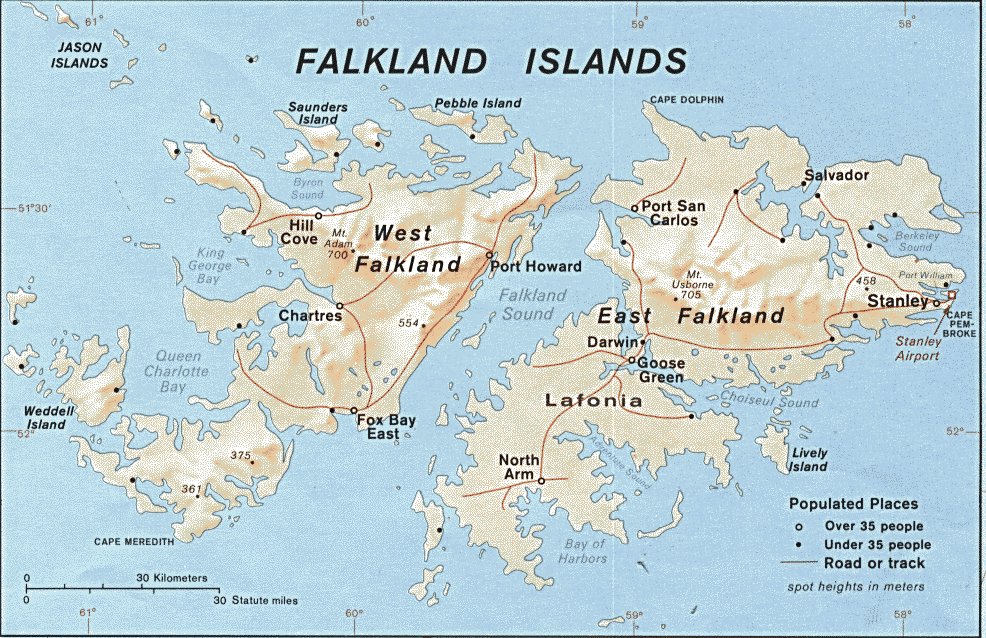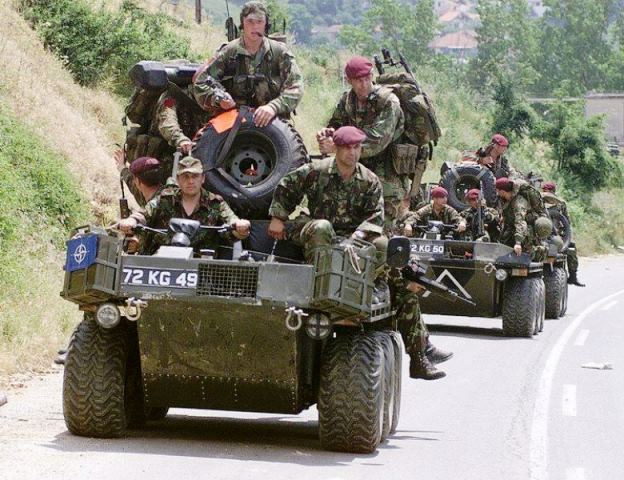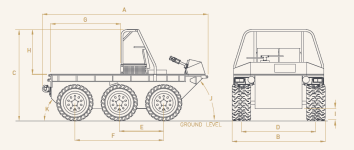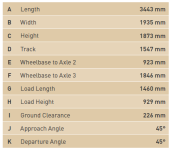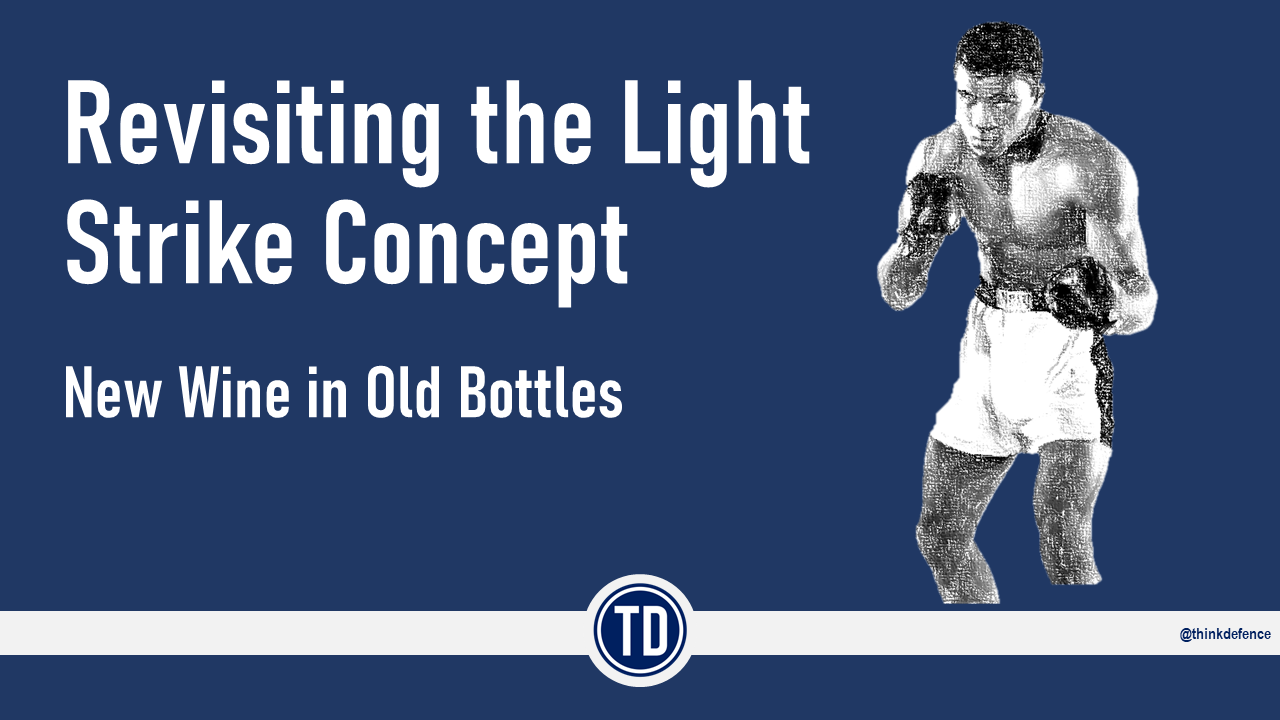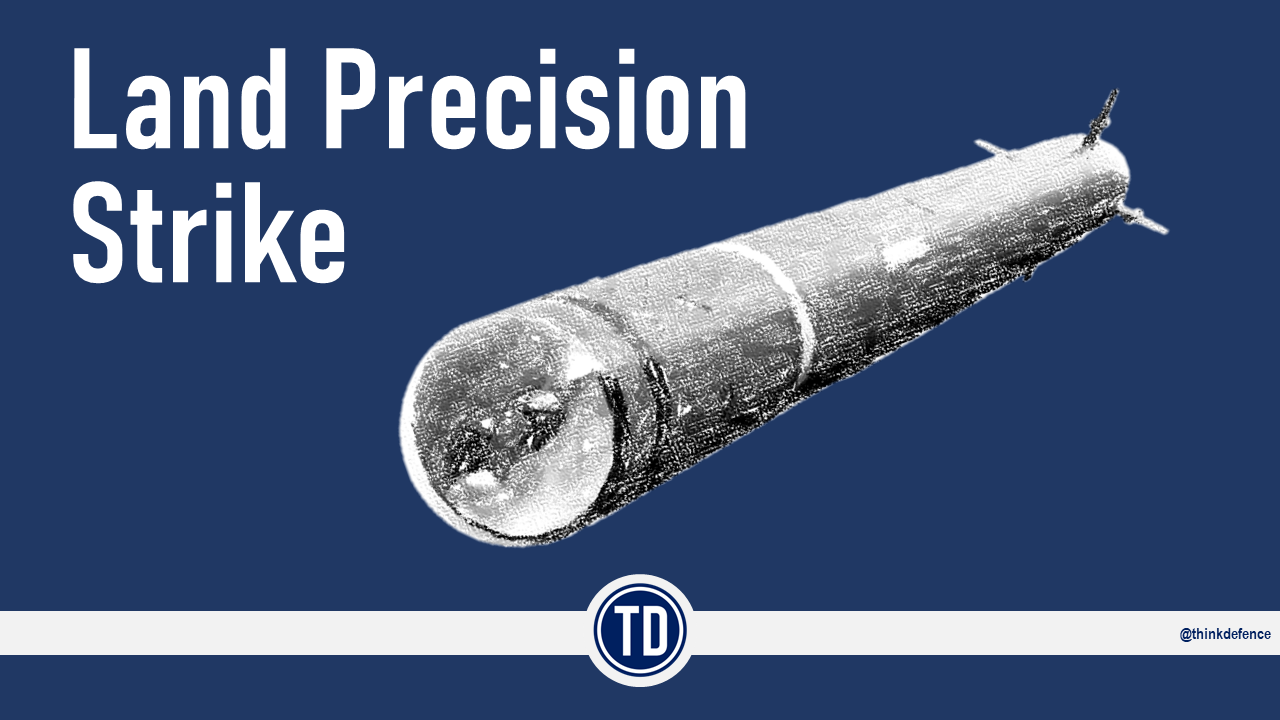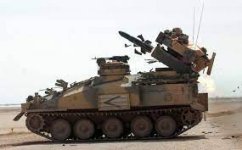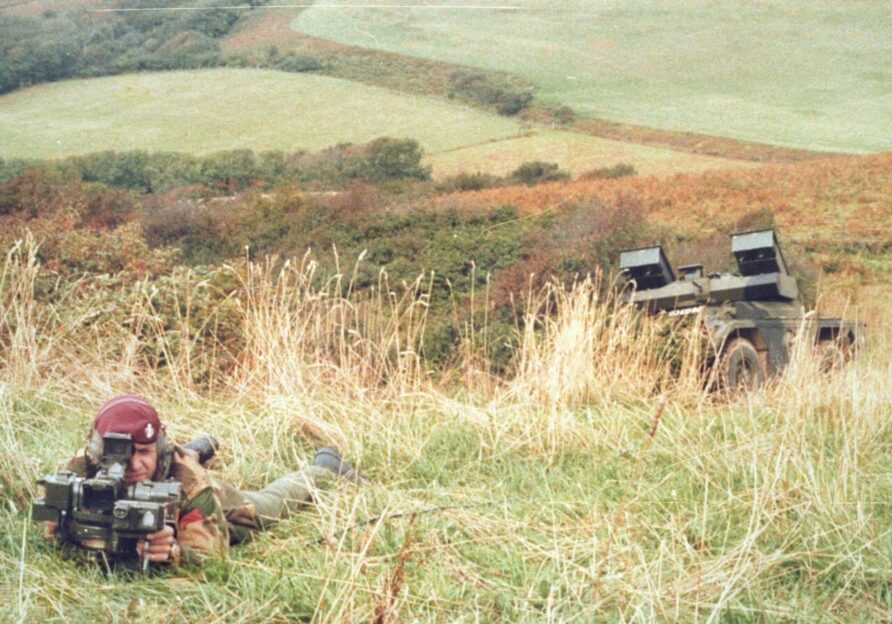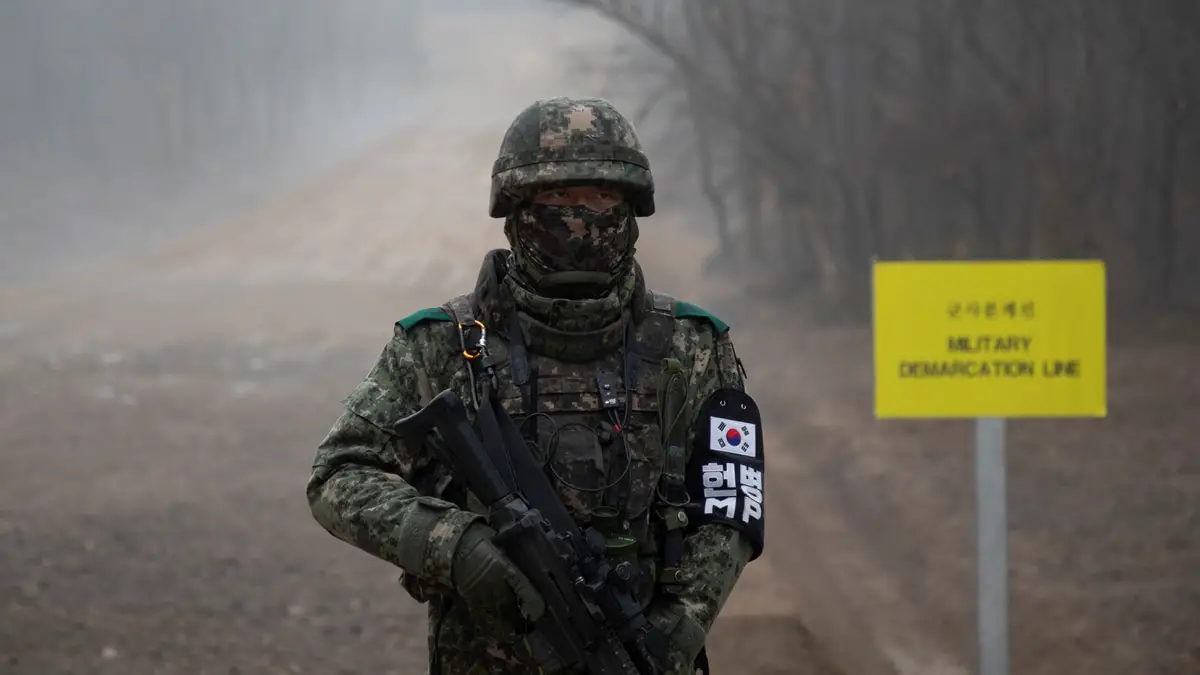- Reaction score
- 8,298
- Points
- 1,160
ASCOD Ulan/Pizarro dimensions. 26 to 28 tonnes with a 30mm turret
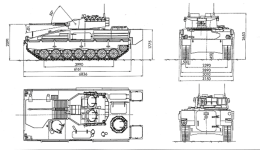
Ajax without add on armour and turret, <26 tonnes?
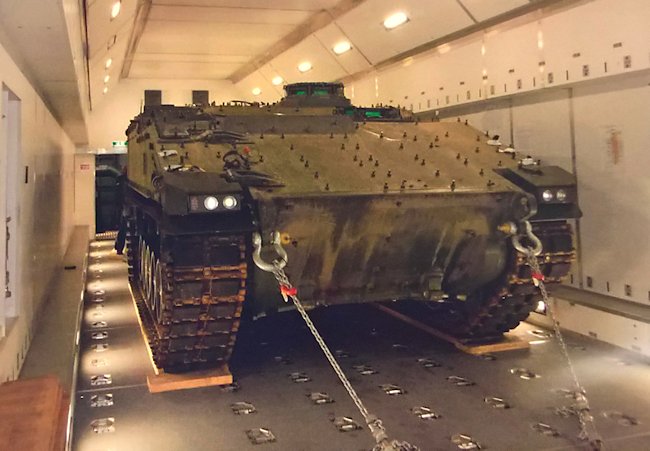
with turret, upper bolt on armour and lower skirt, 38 to 42 tonnes.
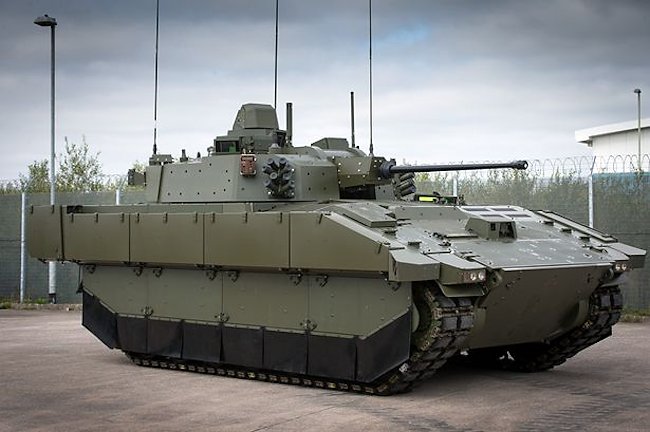
with upper and lower bolt on armour
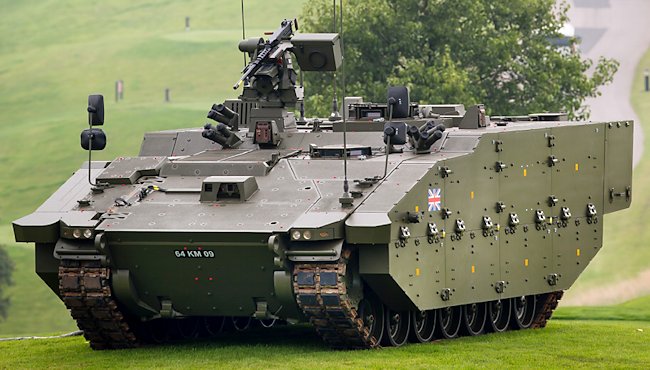
Griffin II MPFS 35 to 40 tonnes

The Griffin II at 40 tonnes is going to need different suspension than the ASCOD Ulan at 26 tonnes I would think. But the GRiffin is going to wear that weight all the time.
The Brits are trying for a single vehicle that they can take into combat at both 26 tonnes and 40 tonnes and carrying the weight outboard of the running gear.
I wonder if the Brits will have to split their fleet between their 26 and 40 tonne goals?

Ajax without add on armour and turret, <26 tonnes?

with turret, upper bolt on armour and lower skirt, 38 to 42 tonnes.

with upper and lower bolt on armour

Griffin II MPFS 35 to 40 tonnes

The Griffin II at 40 tonnes is going to need different suspension than the ASCOD Ulan at 26 tonnes I would think. But the GRiffin is going to wear that weight all the time.
The Brits are trying for a single vehicle that they can take into combat at both 26 tonnes and 40 tonnes and carrying the weight outboard of the running gear.
I wonder if the Brits will have to split their fleet between their 26 and 40 tonne goals?


